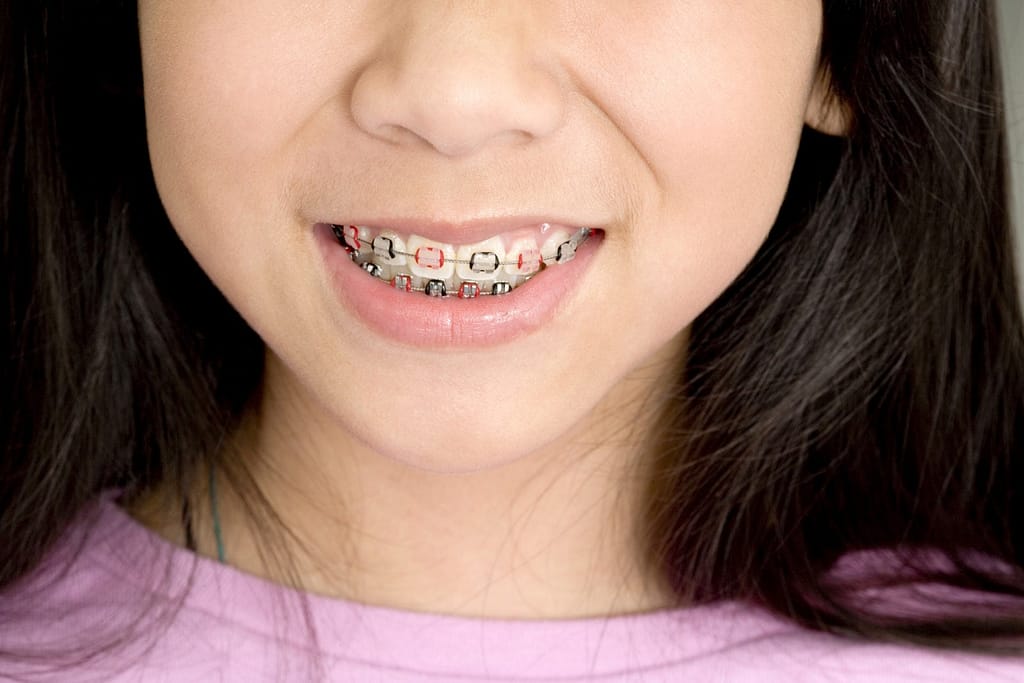Your Kids’ Guide to Getting Braces

As a Vancouver pediatric dentist, the staff at Must Love Kids knows that many of our patients will one day need braces to improve their oral health. Braces are typically placed on the teeth of patients between the ages of 10 to 14, and make a great option for kids with crooked, crowded or misaligned teeth. Braces have a number of benefits that make the time needed to wear them well worth it, including straighter teeth, a more attractive smile and overall improved function.
We understand that parents and patients have many questions when it comes to staying comfortable and healthy while wearing braces. With that in mind, here are a few answers to commonly asked questions regarding what to expect when expecting braces.
How important is oral hygiene?
Brushing and flossing is always important for maintaining and improving your oral health regardless of whether wearing braces. But the habit takes on an even greater importance for kids with braces. Food and plaque can get lodged between the small spaces between wires and brace brackets. This can lead to enamel stains and tooth decay. Food can also negatively react to oral bacteria and the metal in traditional braces to cause a bleaching effect, which can result in permanent discoloration on the surface of teeth.
How do you clean braces?
Ideally patients will brush after every meal and use a floss threader or special orthodontic floss – typically available at drug stores – daily to clean under wires and between braces. Make sure your child checks his or her teeth in the mirror to visually check to see if any food remains after brushing. For times when brushing just isn’t convenient, ask your child to rinse thoroughly with water after a meal.
What do braces feel like?
Traditional braces – not invisible, Invisalign style – use wires to slowly apply pressure to a patient’s teeth in order to move them into the desired position. This means the wires need to be tightened during each dental visit. This pressure can cause some slight discomfort to your child’s teeth. Fortunately, eating soft foods and taking over-the-counter pain relievers can help. Occasionally, braces will rub against the inside of a patient’s lip and cause irritation. If this becomes a problem, a special wax can be applied to the area causing the discomfort to reduce any irritation.
How long are braces worn?
How long a patient will need to wear braces depends on the state of his or her oral health. In most cases, patients need to wear braces from between 18 to 30 months. Even after the braces are finally removed, patients will need to wear a retainer, which helps teeth remain in their new position while setting takes place.
What foods should be avoided?
Sodas, sweets and other starchy or sugary foods need to be avoided because they increase the risk of gum disease and tooth decay. Chewy and sticky foods can stick to braces, making them more difficult to remove. Chewing on hard foods – like popcorn, beef jerky, nuts and some hard candies – can loosen brackets and break wires.
As your Vancouver pediatric dentist, our staff at Must Love Kids will be happy to answer any questions you or your child may have about braces during your next appointment.